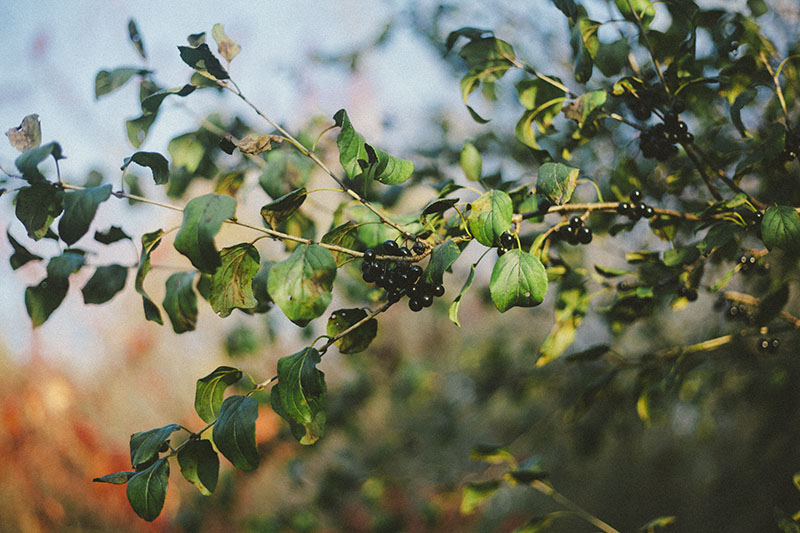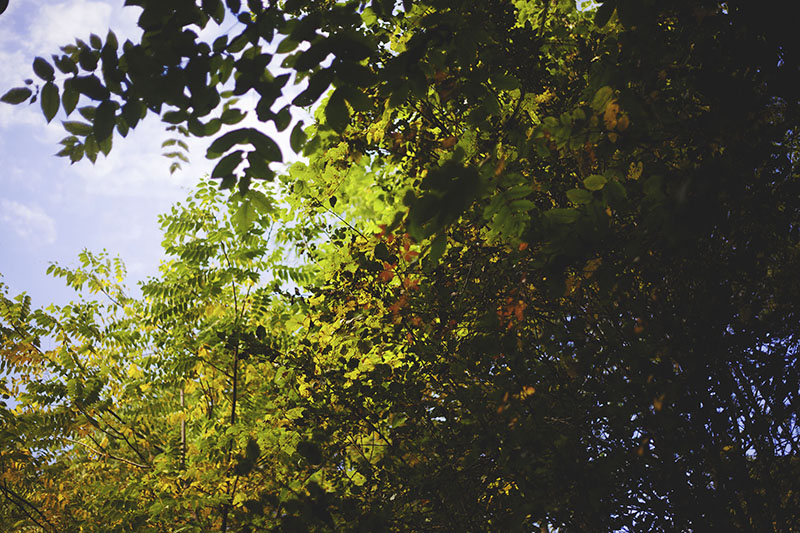We actually had quite a bit of success with the prepper resolutions we laid out for ourselves last year, managing to make at least some progress on all 5 points.
This year, we’re sticking to the theme of a small number of really specific goals, while shifting gears temporarily away from prepping, and more toward wilderness survival skills, which would certainly help in a SHTF situation anyway.
Take a look below and to see if there are any resolutions you’d like to adopt.

Wilderness Survival & Bushcraft New Years Resolutions
1. Diversify fire-making skills by mastering at least 2 new ways of making fire.
Now this one shouldn’t be too hard, but it’ll require a lot of practice. While it’s not difficult to make fire if you’ve got a few matches, a lighter, or a firesteel on you, it’s safe to say that there will likely be times you won’t have any one of these (unless maybe you carry your firesteel around on your everyday carry keychain daily like Thomas does).
Don’t need to be too picky about your method of fire-making; if you feel you need some work on friction fires, start off trying to master those and move on. Needless to say, the more methods you’re versed in, the higher your chance of being able to make fire in the wilderness.
2. Learn about at least 10 new edible plants in your geographical region and be able to identify them accurately.
While plants don’t offer quite as many calories as animals do, foraging requires a lot less calorie expenditure than hunting or trapping, and is a lot less risky too. You may spend a lot of time trying to hunt an animal that you never catch, and your traps, which may take you a while to place, may come up short of catching any small animals at all.
Knowing at least 10 common plants (within your geographical region) that are edible is a huge benefit to you, therefore, as you’ll be able to get your calorie count up in case you don’t luck out and snag an animal to eat. Edible plants are even great calorie boosters that can be used in between the time it takes you to get a trap up and catch a small animal.
3. Increase personal stamina by taking extended hikes a minimum of twice a month.
It’s unfortunate, but it’s going to be difficult to get far while lost in the wilderness if you just can’t walk any farther. There are plenty of reasons why it’s a good idea to find a body of water in the wilderness, and there are quite simple steps to locating these bodies of water, but you can’t do any of that if you’re too exhausted to keep yourself moving in water’s direction. Do yourself a favour and increase your stamina. You’ll certainly be increasing your chances of survival in the wilderness.
4. Make 3 different kinds of shelters from scratch using only one survival tool.
You could knock this resolution out in just one full day if you tried your hardest. Though it may be easy to write off shelter in the wilderness, stating you’ll find a cave or something equivalent to sleep in, chances are, nature won’t be as giving as you hope it will be. Learning how to make your own shelter is important, especially if that shelter’s the only thing between you and some terribly cold rain. Hypothermia is one of the most dangerous factors of outdoor survival one can face, and so shelter is much higher up on the urgency list than eating, and it’s many times even more urgent than even attaining drinkable water.
5. Master at least 3 traps. Make them with natural resources.
It’s easy to say you’ll be able to trap your food in the wilderness, but when was the last time you practiced making those traps you learned? Can you still make them if you don’t have string on you? Spend time practicing making at least 3 different kinds of traps in the wilderness this year – using only the cordage that nature provides.
6. Learn about at least 5 new medicinal plants in your geographical region, and be able to identify them accurately.
What happens if you get hurt, sick, or ill in the wilderness? Sure, you may know that aloe can cure that burn you’ve got, but can you find aloe in your geographical location? I sure can’t.
Learning about medicinal plants native to your geographical region will help you only if you’re able to identify those plants accurately. You don’t want to be rubbing the wrong plant into your skin. You may end up with a rash on top of that burn.

Bear in mind, you should always take precautions, even when you’re only practicing bushcraft in the wilderness. While you want to be actively practicing bushcraft and survival skills, you don’t want to put yourself into a situation where testing yourself becomes a real survival situation. Tell someone where you’re going and when you’ll be back. Take water and food with you as back up. Remember, testing yourself should not involve actually putting yourself in harms way.
Great resolutions! I consider myself a minimalist when it comes to hiking the back country, but my best survival skill is not getting hurt. Injuries are just a matter of time, in my opinion, so I will definitely resolve to work on those skills this year. Because you never know when a weekend trip will turn in to an extended stay.
Hi Elise,
Although for the most part your post is spot-on, with some great goals for the coming year, I thought I’d chime in with regards to #3: “Increase personal stamina by taking extended hikes a minimum of twice a month.”
I think you’re setting yourself up for failure here.
I’ve spent five days a week working out for around four years now. Speaking from personal experience, I can say for sure that any gains you see from these hikes will be lost in the two weeks that elapse between each excursion.
Hiking will improve both your muscular and cardiovascular fitness. Any strength gains you see as a result, however, will degrade if not reinforced with additional exercise within a few days. Unfortunately, your cardiovascular fitness will degrade even faster if it is not constantly tested. Think of these two areas as a rubber band: you can stretch this rubber band to its limits, but it will only remain at that size if you apply constant tension. So, too, is the case with physical fitness: the only way you can achieve greatness here is if constantly push the boundaries of your present level of physical fitness. And you can’t do that with two hikes a month, unfortunately.
Anyway, just thought I’d share this. Keep up the great work here on your site; it’s easily one of my favorites.
Zac
Some very good points there, Zac! What would you recommend as top-up exercises between hikes?
Also, thank you for the compliment on the site. Really glad you like it :).
Elise, your blogs are always SPOT ON ! Nothing like kicking the dust off the brain to start thinking about goals for the New Year. If we start with the basics and master those, then maybe we can branch into other areas in 2016.
Exactly right :). And even if we’d known a few of the basics before, always good to have a refresher!
I guess “bugging out” is something I’ve just never even wnted to hink about. Having just moved to Oregon from SO Cal I guess I have a whole lot to learn in this area.
The thought of being stuck out in the cold here is really worrisom to me but not having the skills to start a fire or build an emergency shelter is even more concerning.
Thanks Elise!
Very concerning! I live in Canada so I totally feel for you there. We were stuck without heat and electricity last year, but we still had a house and a portable butane tank to help us out – wouldn’t be the case if we had to bug out into the wilderness.
Excellent! I have done something similar in terms of my approach to gaining and enhancing my survival skills, but you’ve given me a couple of new areas to consider.
You’ve explained to me what you do in terms of your approach before (in this comment here in case anyone reading is curious), and I actually was thinking about it when I wrote up this article! Very good method, that’s for sure! Glad to have given you a few new areas to consider – you definitely helped me out explaining your method :).